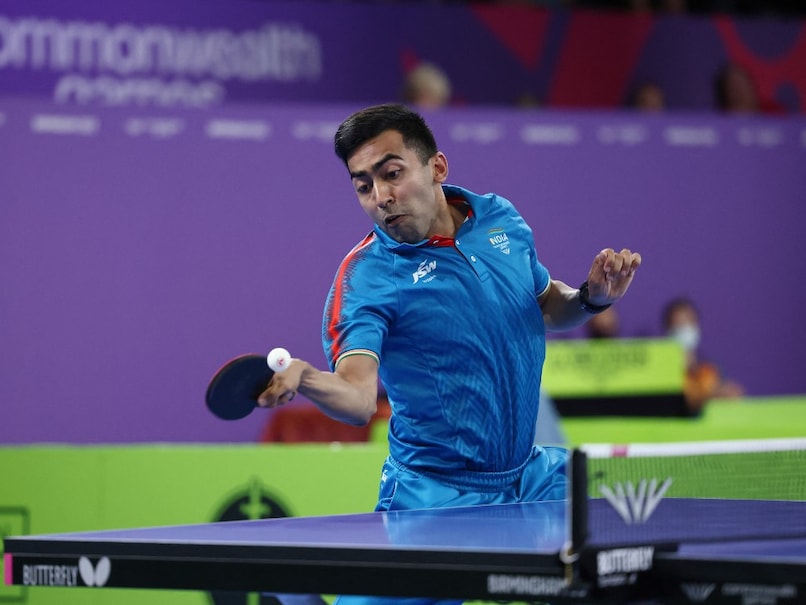The recent exit of both the Indian men’s and women’s table tennis teams from the World Table Tennis Championships comes as a disappointment for Indian fans and players alike. Despite high hopes and expectations, both teams fell short of advancing further in the prestigious tournament, signaling a need for reflection and introspection within the Indian table tennis fraternity.
The Indian men’s team, led by seasoned players such as Achanta Sharath Kamal and Gnanasekaran Sathiyan, entered the tournament with aspirations of making a mark on the global stage. However, they faced stiff competition from formidable opponents, ultimately bowing out earlier than anticipated. While the men’s team showcased flashes of brilliance throughout the tournament, inconsistencies and missed opportunities proved to be their downfall.

SOURCE:- BBC NEWS
Similarly, the Indian women’s team, featuring talents like Manika Batra and Sutirtha Mukherjee, entered the World Championships with dreams of clinching podium finishes. Despite their best efforts, they too encountered formidable opposition and failed to advance beyond the initial stages of the tournament. While the women’s team displayed moments of resilience and tenacity, they ultimately fell short of achieving their collective goals.
SOURCE:- NEWS 18
The disappointing performance of both the men’s and women’s teams underscores the challenges facing Indian table tennis as it seeks to establish itself as a force to be reckoned with on the global stage. While the sport has witnessed significant growth and development in recent years, there remains a gap between Indian players and their counterparts from table tennis powerhouses like China and Japan.
To bridge this gap and elevate Indian table tennis to new heights, concerted efforts are needed to invest in infrastructure, coaching, and grassroots development. Additionally, there is a need for greater exposure to international competitions and training camps, allowing Indian players to gain valuable experience and hone their skills against top-tier opponents.
Moreover, the disappointing exit from the World Championships should serve as a wake-up call for Indian table tennis authorities and stakeholders to reassess their strategies and identify areas for improvement. Whether it’s enhancing player development pathways, fostering a culture of excellence, or providing adequate support and resources, there is no shortage of opportunities to elevate the standard of Indian table tennis.
While the recent setback may sting in the short term, it also presents an opportunity for Indian table tennis to regroup, refocus, and redouble its efforts towards achieving success on the global stage. With the right combination of talent, determination, and support, there is no doubt that Indian table tennis can overcome this setback and emerge stronger than ever in the years to come.
Share your views in the comments

